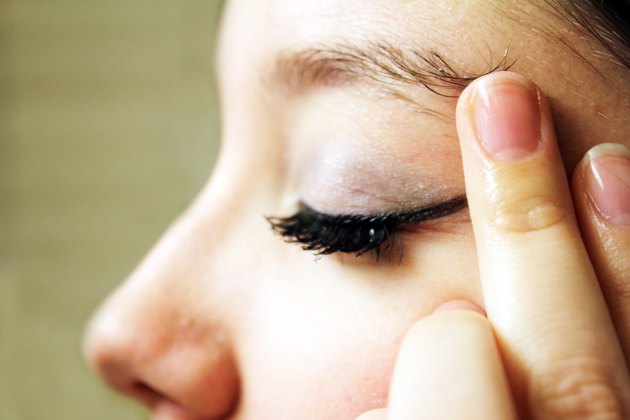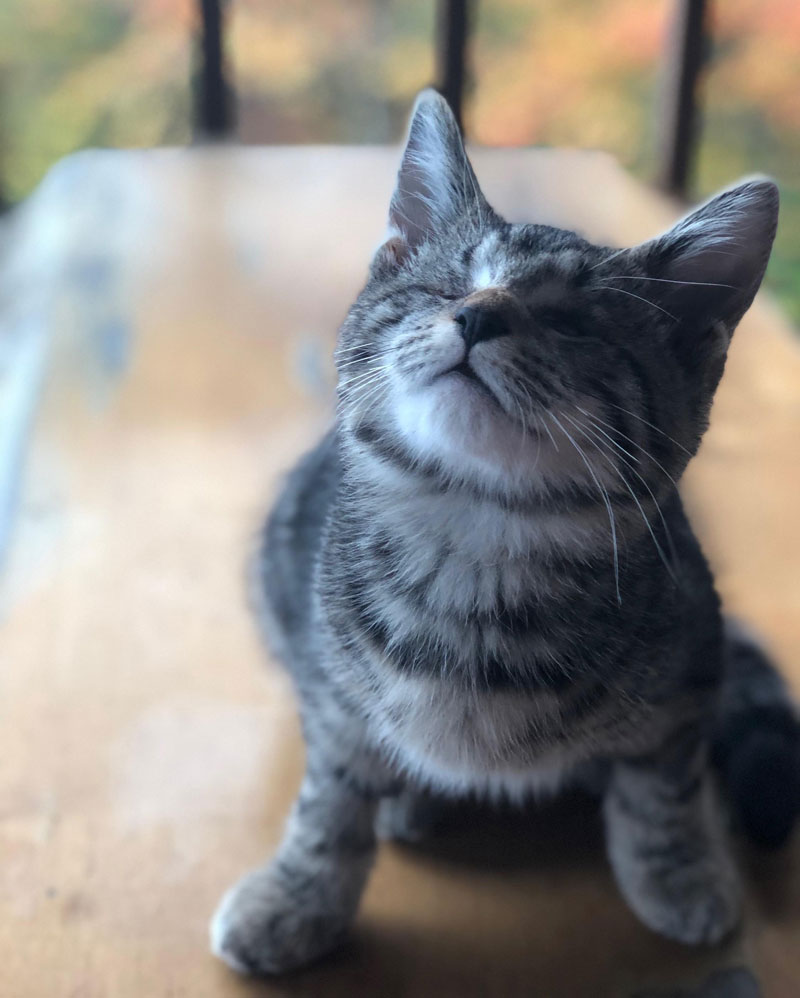Table Of Content

The curlier the hair, the more likely it is to become ingrown. A hair can curve back into your skin as it grows out and become trapped under your skin. So, wearing tight clothing such as leggings and jeans can contribute. Never pick or pop an infected ingrown hair, as this also increases the risk of complications.
Aloe Vera-Baking Soda Treatment
It is recommended that you use it on dry skin and it can be easily applied with a cotton ball once or twice a day as needed. After only a few uses, you should see a reduction in post-shaving redness and razor bumps. Preventing ingrown hairs can often be managed at home, though there are times when a visit to the doctor may be appropriate. Not only does aspirin contain salicylic acid, but honey also has antibacterial properties, which can help reduce the possibility of inflammation and infection, says Dr. Shaurya. So the two of them will help ward off infection and reduce swelling when applied to your skin. Whether you're applying these DIY treatments to your legs, bikini line, etc., know you're one step closer to healthy, bump-free skin.
Do home remedies for ingrown hairs work?
9 Best Eyebrow Razors and Trimmers in 2024 (Tested & Reviewed) - Cosmopolitan
9 Best Eyebrow Razors and Trimmers in 2024 (Tested & Reviewed).
Posted: Fri, 28 Apr 2023 07:00:00 GMT [source]
There are also a few products and treatments available to prevent these ingrown hairs. While they can be a frequent occurrence for people who remove their hair—be it from waxing, shaving, tweezing, etc.—they're nevertheless annoying and at times even painful. They occur when hair grows back and curls under the skin, becoming trapped. Thankfully though, there are several ways to treat and prevent them from occurring — and some of the best ones are home remedies. An ingrown hair looks like a raised, discolored spot on your skin. It’s a strand of hair that grows back into your skin after shaving, tweezing or waxing.
Stick to tweezing.
If ingrown hairs continue to form, see a healthcare professional to rule out any underlying causes. They may also recommend more permanent hair removal methods, such as laser hair removal, to help reduce your risk of ingrown hairs and bumps. If you decide to remove the hair yourself, practice smart hair removal to reduce your chance of ingrown hair. Some types of ingrown hair cysts can’t be prevented simply by avoiding hair removal. In cases where treatment is needed, a doctor will figure out the best course for you. Over-the-counter (OTC) medications containing benzoyl peroxide or retinoids can reduce inflammation and decrease the size of your razor bumps or ingrown hair cysts.
One of the biggest things to note before choosing your ingrown hair treatment is to verify that it can be worn outside in direct sunlight. Many of these treatments that contain glycolic acid can make your skin more susceptible to sunburns and could cause sun damage if not used properly and worn with sunscreen. Dull blades leave jagged cuts that may increase the risk of ingrown hairs. It also possesses anti-inflammatory and antibacterial properties, which are two key components in combating ingrown hairs.
Oil-Based Serum

If you have alopecia or have gone through chemotherapy, microblading is a great, semi-permanent natural-looking option to fill in any sparse areas of the brow. Popping a pimple increases the risk of spreading acne-causing bacteria to other parts of the face. Squeezing a pimple may force it to rupture under the skin and spread into nearby pores. OTC spot treatments work well for treating mild breakouts that involve one pimple or multiple small blemishes. Prescription-strength therapies are available for those with severe or persistent acne that does not respond to milder medications. According to the American Academy of Dermatology (AAD), acne is the most widespread skin condition, affecting an estimated 85% of people aged 12–24 and up 15% of adult women in the United States.

If your cysts are hereditary, you may need ongoing treatments as they recur. If home remedies aren’t helping and the cyst does not appear to be healing, see a doctor. They can prescribe antibiotics to clear up the infection and/or determine if the cyst needs to be surgically removed. It can be used in the shower (just before adding conditioner) or applied to damp skin right after getting out of the shower. It is recommended to apply a quarter-size amount to the impacted area and rub it into the skin in a circular motion.
Natural remedies to stop perspiring too much
An ingrown eyebrow occurs due to an eyebrow hair growing under skin instead of its normal outward direction. This condition often manifests as a small, red, tender or even painful spot on the skin – the ingrown eyebrow hair bump. When you have thick or curly hair, you can get a type of ingrown hair called pseudofolliculitis. The hair that grows back has a sharper edge, so it can more easily poke back through your skin and get trapped under the surface. Sometimes, dead skin can clog a hair follicle, which forces the hair to grow sideways under your skin rather than up and out. If you cut naturally curly hair too short, the sharpened end of the hair can pierce your skin, causing an ingrown hair.
How truck driving can impact your kidney health
They can be small, swollen bumps where you shave, tweeze, or wax. Clean the area with warm, soapy water, clean your angled tweezers with alcohol and gently grasp the hair. If it’s difficult to see the area, use extra lighting like an LED ring light and a magnifying mirror. This will allow you to grasp only the hair and avoid damaging your skin. This can help ease the ingrown hair out of the skin on its own. For a severe infection, they can prescribe medication to treat it and coax the hair out.
Finally, she’ll go over those original strokes two more times with pigment to create the final look. The entire process takes about an hour depending on your artist. Before your microblading appointment, reach out to your studio and ask how to prepare ahead of time, as each artist can have different guidelines. Capparelli, for example, asks clients to not groom their brows for 6-8 weeks so she can do a full reshaping along with microblading.
Not all ingrown hairs become infected, and they usually resolve on their own in a few days. A doctor will usually assess an ingrown hair infection by looking at the symptoms and asking about your medical history. As the infection progresses, you may see pus, and the bump may grow larger. Ingrown hairs are most common in areas of hair removal, such as the face, legs, armpits, and pubic region. Shaving and waxing creates sharper hairs that tend to get trapped in the skin. Keep reading to learn how to recognize an infected ingrown hair, as well as tips for treating and preventing them.
It is worth noting that you should wait about 12 hours (24 hours after waxing) before applying the product though. This is also a product that can increase skin sensitivity in direct sunlight as well. If an ingrown hair becomes infected, the person may need to visit the doctor for treatment.
It is of the upmost importance to employ experienced, professionally trained artists. Inexperience can result in uneven brows, hair breakage, ingrown hairs, and/or unnecessary pain. We continually maintain our reputation by offering our clients experienced service with care. Ingrown hair cysts may go away on their own or with simple treatment.
These unsightly bumps can be an annoying side effect of hair removal. The good news is ingrown hairs can be treated effectively at home. If bacteria or other pathogens enter the skin, an infection can develop, leading to a painful bump. If they persist, recur, or are severe, consider speaking with a doctor. Squeezing an ingrown hair will increase the risk of infection.
Timely treatment can help get rid of them and prevent them from returning. They can determine if you have an infection that needs medical treatment. Razor bumps are most common in Black cisgender males and those of Asian descent, as well as people who shave. You may also be at greater risk of developing bumps with ingrown hairs if you have naturally curly hair. Properly preparing for hair removal can also help prevent ingrown hairs.












